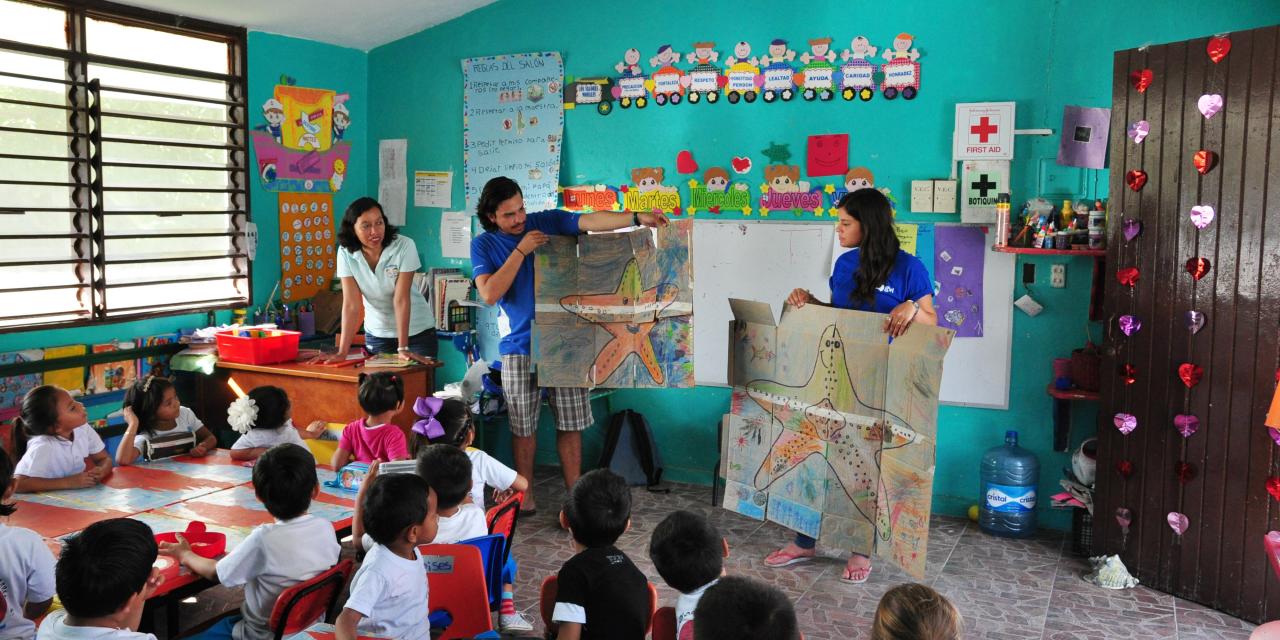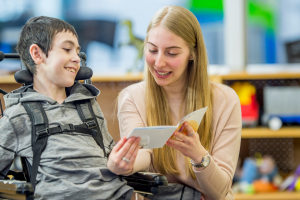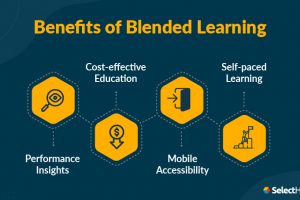
Environmental education empowers students to be custodians of our planet. As conservationist Baba Dioum stated, “In the end we will conserve only what we love, we will love only what we understand, and we will understand only what we are taught.” Schools play a vital role igniting kids’ curiosity through engaging eco-lessons.
Outdoor Learning
Experiencing nature firsthand awakens environmental appreciation. Schedule outdoor learning time for science, art, reading and any subject.
Have students create biodiversity maps cataloging plants, insects and wildlife on school grounds. Calculate the circumference of trees by measuring trunks. Sketch natural textures like bark and leaves. Lie on grass observing clouds drift by. Outdoor sensory immersion builds bonds with nature.
Plant gardens on campus where students can get hands dirty tending native flowers, fruits and vegetables. Let them eat harvested produce to connect sustenance to the land.
Citizen Science
Citizen science projects invite students to contribute to real scientific research. Kids collect local data that scientists integrate into large-scale studies. This makes learning active and empowering.
Have students photograph and identify insect species using mobile apps to build a school pollinator database. Or observe birds in the neighborhood for Cornell’s global bird count. Investigate local waterways by monitoring pH levels and aquatic species.
Through authentic experiments, kids see how their efforts contribute to global knowledge. Scientists also visit to share how citizen data informs everything from tracking migratory patterns to sustaining ecosystems.
School Sustainability
Have students conduct an environmental audit of school facilities to identify areas for “green” improvements like:
- Installing water refill stations to reduce plastic bottles
- Starting compost bins for cafeteria food scraps
- Adding native plant landscaping that requires minimal water
- Putting up informational signs about recycling and energy conservation
- Switching to eco-friendly cleaners and recycled paper
Empower kids to lead initiatives reducing the school’s environmental footprint. Making positive changes in their immediate surroundings builds agency.
STEM ecoSolutions
Tackle real-world eco-issues using STEM design thinking. Identify problems like waste, pollution or threatened local species. Brainstorm solutions and draft proposals. Top ideas get prototyped and tested.
Provide materials for constructing solutions like water filters, wildlife bridges or renewable energy models. Pitch final proposals to school leaders and local officials.
This civic engagement gives purpose to STEM skills. Students gain confidence that their ideas can build a brighter environmental future.
Green Career Pathways
Connect classroom learning to green careers through panels, job shadow days and simulators:
- Have students “forge” national park hiking trails using CAD software.
- Run a flower shop selling potted plants grown from seed in class.
- Code animations that educate others about deforestation.
- Engineer model wind turbines and solar cars.
- Film nature documentaries observing ecosystems.
Interacting with professionals shows kids how classroom knowledge blooms into impactful “green collar” careers.
Ecoliteracy Across Disciplines
Incorporate environmentalism into diverse subjects:
- English: Write nature poems, research climate change impacts, analyze environmental rhetoric
- Economics: Study cap and trade systems, calculate costs of pollution, assess sustainability incentives
- History: Examine human-nature interdependence, conservation policies over time
- Math: Compute resource footprints, chart pollution data, calculate extinction probabilities
- Health: Link environmental quality to wellbeing, study epidemiology, assess climate vulnerability
An interdisciplinary approach illustrates systemic connections between the health of the planet and society.
Community Partnerships
Collaborate with local environmental groups for shared learning. Maybe volunteers assist with school gardens, lead birding trips or judge eco-art contests. Classes could also contribute to community projects through litter cleanups or native planting days. These mutually beneficial partnerships unite schools with community.
Family Engagement
Invite families to participate in environmental initiatives through weekend workdays, learning gardens and STEM showcases. Send activity ideas and conversation starters home to extend eco-lessons.
Encourage students to teach parents about issues like recycling or saving water – kids become empowered change agents. Uniting schools, families and communities creates ripples of impact.
Environmental education opens young minds to nature’s beauty and humanity’s shared responsibility as stewards of the planet. Let us teach our children well so they may lead the world toward sustainability.
















